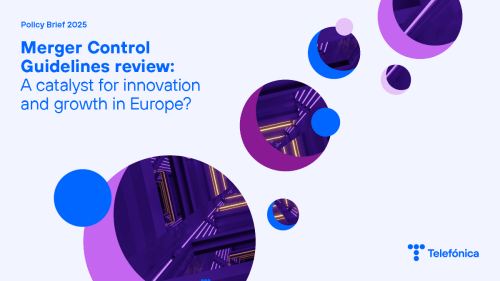Now that artificial intelligence appears daily in the media and is talked about as a tool for almost any field we can imagine, it is inevitable to do so also thinking about invoicing, a key and critical area for any company.
The digitisation of invoices and electronic invoicing itself have long been here to stay. In addition to the most obvious advantages, such as the reduction in printing and mailing costs (with the consequent lower environmental impact), it also allows us to avoid having to use those large archive spaces that still exist in many offices, and to have faster and more agile access to the invoices managed. However, it is not just a matter of digitising: receiving, processing, validating and correctly accounting for these invoices is truly the fundamental task.
At this point, there are two sides of the equation that end up in the same place.
OCR systems
On the one hand, we have theso-called OCR (Optical Character Recognition) systems, which are capable of converting handwritten or printed texts into digital formats.
Suppose we receive dozens of invoices from suppliers every week and we have not only to manage them but, just as importantly, to keep these paper documents for a certain period of time. This technology allows something as simple as scanning the invoice with the mobile phone itself and, in this way, we would have a digital document that can be processed and in an editable format.
As I said, OCR is usually part of other artificial intelligence solutions and it is not uncommon to find it alongside another technology that is gaining more and more followers, such as IDP (Intelligent Document Processing). This tool is not just for invoices, but can be used for any process involving documents.
IDP systems
On the other hand, and unlike OCR, which tends to work more with structured data, IDP systems can handle semi-structured data including more complex formats, such as invoices with images or different layouts.
IDP systems are really interesting because, through the Artificial Intelligence that lies beneath their layer, they are able to extract key information and relevant data from documents, classify it and pass it on to the next defined process much more quickly and efficiently than by traditional means. If IDP systems are being talked about so much now, it is because of the potential of the above: they not only convert text into digital format, but they are prepared to extract the data, classify it and integrate it wherever it is needed.
Conclusions
In short, artificial intelligence, unsurprisingly, is expanding its scope of action in invoicing and, what is even more important, it has great scope for improving all processes related to it.
Its use in invoice management brings numerous advantages; from a considerable reduction in processing time, to the possible detection of possible fraud or more agile and accurate decision-making, which should ultimately result in a better customer experience, which, at the end of the day, is what really matters.
At Telefónica, AI is a support for employees’ tasks, under their supervision.







